This article was co-authored by Clinton M. Sandvick, JD, PhD. Clinton M. Sandvick worked as a civil litigator in California for over 7 years. He received his JD from the University of Wisconsin-Madison in 1998 and his PhD in American History from the University of Oregon in 2013.
This article has been viewed 87,130 times.
If you are disabled, either permanently or temporarily, and live in California, you may be eligible for special DP ("disabled person") license plates or a temporary DP placard that will allow you to park in special spaces for the disabled.[1] To obtain either of these DP permits in California, you must simply fill out a form and send in your doctor's certification of your disability.
Steps
Determining Your Eligibility
-
1Determine if you qualify for a California DP license or placard. The State of California will issue special parking permits for people who have “impaired mobility due to having lost use of one or more lower extremities, or both hands, or have a diagnosed disease that substantially impairs or interferes with mobility, or one who is severely disabled to be unable to move without the aid of an assistive device. You may also qualify if you have specific, documented visual problems, including lower-vision or partial-sightedness.”[2] If you have questions, consult your doctor or contact the Department of Motor Vehicles in your area.
-
2Consider whether your disability is temporary or permanent. If you have a condition that limits your mobility but will only last a few months, such as a broken leg for example, you may only need a temporary placard. This is valid for up to six months, and may be renewed up to six times. If your condition is permanent or will last longer than a year or so, you should apply for the permanent license.[3]Advertisement
-
3Review the state eligibility requirements. The list of included conditions appears on the application form:[4]
- Lung disease
- Circulatory disease
- Heart problems
- Documented vision problems
- The loss of hands or lower limbs and any disorder that severely limits the use of the lower limbs
- A disability that prevents you from moving without an “assistive device”
- If you have a disability that does not fall into one of these categories, but which you believe warrants a special parking permit, your doctor may still be able to certify that you have a condition that warrants a disabled permit.
Applying for DP Plates or Placard
-
1Complete the application form. California uses a form entitled Application for Disabled Person Placard or Plates (REG 195). Use this link to obtain the application: [1]. Sign your name in the appropriate places, attesting to the information you have written on the form.
-
2Get a doctor's certification. Take the completed application to your doctor or medical professional and have him or her complete the section for Doctor's Certification of Disability. The doctor should detail your condition and explain how it makes you eligible for a disabled permit. Acceptable medical professionals who can certify your disability include licensed physicians, surgeons, physician's assistants, nurse practitioners and certified nurse midwives.[5]
- Disabled applicants who have lost both hands or a lower extremity may present themselves in person at the local Department of Motor Vehicles (DMV) for exemption from the Doctor's Certification section of the application.
-
3Submit the application. You may submit your application either by mail or in person.
- By mail, send the completed application to DMV Placard, P.O. Box 932345, Sacramento, CA 94232-3450.
- Alternatively, you may make an appointment to submit your application in person. Call the Telephone Service Center at 800-777-0133 to make an appointment, or use this link to the online Appointment Service: https://www.dmv.ca.gov/portal/dmv/?1dmy&urile=wcm:path:/dmv_content_en/dmv/portal/foa/welcome.
-
4Be sure to include the appropriate fees. If you do not include the appropriate fee with your application, you will delay receiving your placard or plates.
- A temporary placard requires a fee of $6.00.[6]
- A request for a permanent disabled license plate has no fee, but you are required to surrender your original license plates. Wait until you receive your new plates to return the old ones. You are still responsible for paying your registration fees as usual.
Understanding the Requirements for Disabled Plates or Placards
-
1Know what your DP plate or placard allows. With a DP plate or placard, you may:[7]
- Park in designated disabled spaces (with the “wheelchair” symbol)
- Park at a blue curb designated for persons with disabilities
- Park at a green curb for unlimited time. (Green curbs usually designate limited time parking.)
- Use on street parking meters for no fee, for unlimited time.
- Park in marked “Resident Only” parking areas.
-
2Know what your DP plate or placard does not allow. With a DP plate or placard, you may not:[8]
- Park in spaces with a crosshatched pattern next to a disabled space. These areas are to allow space for a wheelchair lift.
- Park at red or yellow curbs, which are for emergency or loading zones only.
- Park at white curbs, which are for loading or unloading passengers.
-
3Know the rules about using your DP plate or placard. The following are illegal:[9]
- You may not lend your placard to someone else.
- You may not borrow or use someone else’s placard.
- You may not possess or display a counterfeit placard or DP plate.
- You may not alter or deface a DP placard or placard identification card.
Replacing a Lost, Stolen or Damaged DP Placard
-
1Submit a new application. If your placard has been lost or damaged, you need to use the Application for Replacement Plates, Stickers, Documents (Reg 156). You can find the form on the California DMV website at [2].
-
2If your placard has been damaged, return the damaged original placard. If you only have parts of the original, send back whatever you have. This is required along with the application for the replacement.[10]
-
3
References
- ↑ https://www.dmv.ca.gov/portal/vehicle-registration/license-plates-decals-and-placards/disabled-person-parking-placards-plates/
- ↑ https://www.dmv.ca.gov/portal/vehicle-registration/license-plates-decals-and-placards/disabled-person-parking-placards-plates/
- ↑ https://www.dmv.ca.gov/portal/vehicle-registration/license-plates-decals-and-placards/disabled-person-parking-placards-plates/
- ↑ https://www.dmv.ca.gov/portal/file/application-for-disabled-person-placard-or-plates-reg-195-pdf/
- ↑ https://www.dmv.ca.gov/portal/driver-education-and-safety/educational-materials/fast-facts/disabled-person-parking-placards-and-license-plates-ffvr-7/
- ↑ https://www.dmv.ca.gov/portal/vehicle-registration/registration-fees/
- ↑ https://www.dmv.ca.gov/portal/driver-education-and-safety/educational-materials/fast-facts/disabled-person-parking-placards-and-license-plates-ffvr-7/
- ↑ https://www.dmv.ca.gov/portal/driver-education-and-safety/educational-materials/fast-facts/disabled-person-parking-placards-and-license-plates-ffvr-7/
- ↑ https://www.dmv.ca.gov/portal/driver-education-and-safety/educational-materials/fast-facts/disabled-person-parking-placards-and-license-plates-ffvr-7/
About This Article
If you’re temporarily or permanently disabled, you can get a disabled parking permit in California by filing a form with the DMV. You can get a permanent parking permit if you’ve lost the use of one of your legs or both hands, or if you have conditions like lung disease, circulatory disease, or heart problems. The full list of eligible conditions is on the application form. You can also get a temporary permit for something like a broken leg, which is valid for up to 6 months. Download the application form from California’s DMV website. Complete your part of the form, then take it to your doctor to fill out their part and sign it. Mail your form to DMV Placard, P.O. Box 932345, Sacramento, CA 94232-3450 or take it in person. If you’re applying for a temporary permit, include the $6 fee. For more tips from our Legal co-author, including how to use your parking permit, read on!
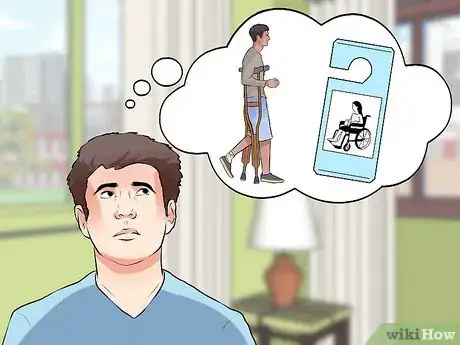

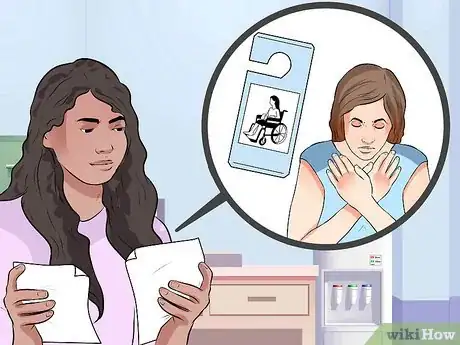










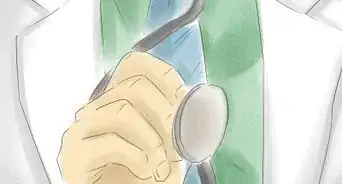

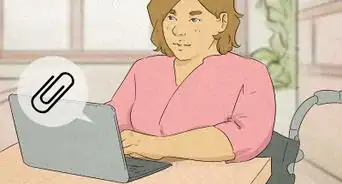

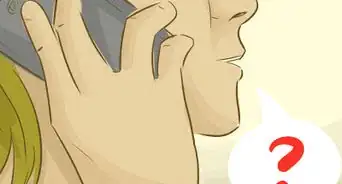


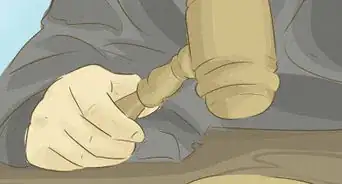
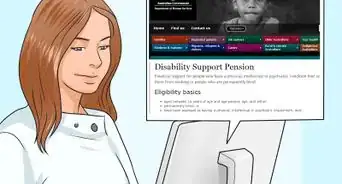


















































Medical Disclaimer
The content of this article is not intended to be a substitute for professional medical advice, examination, diagnosis, or treatment. You should always contact your doctor or other qualified healthcare professional before starting, changing, or stopping any kind of health treatment.
Read More...